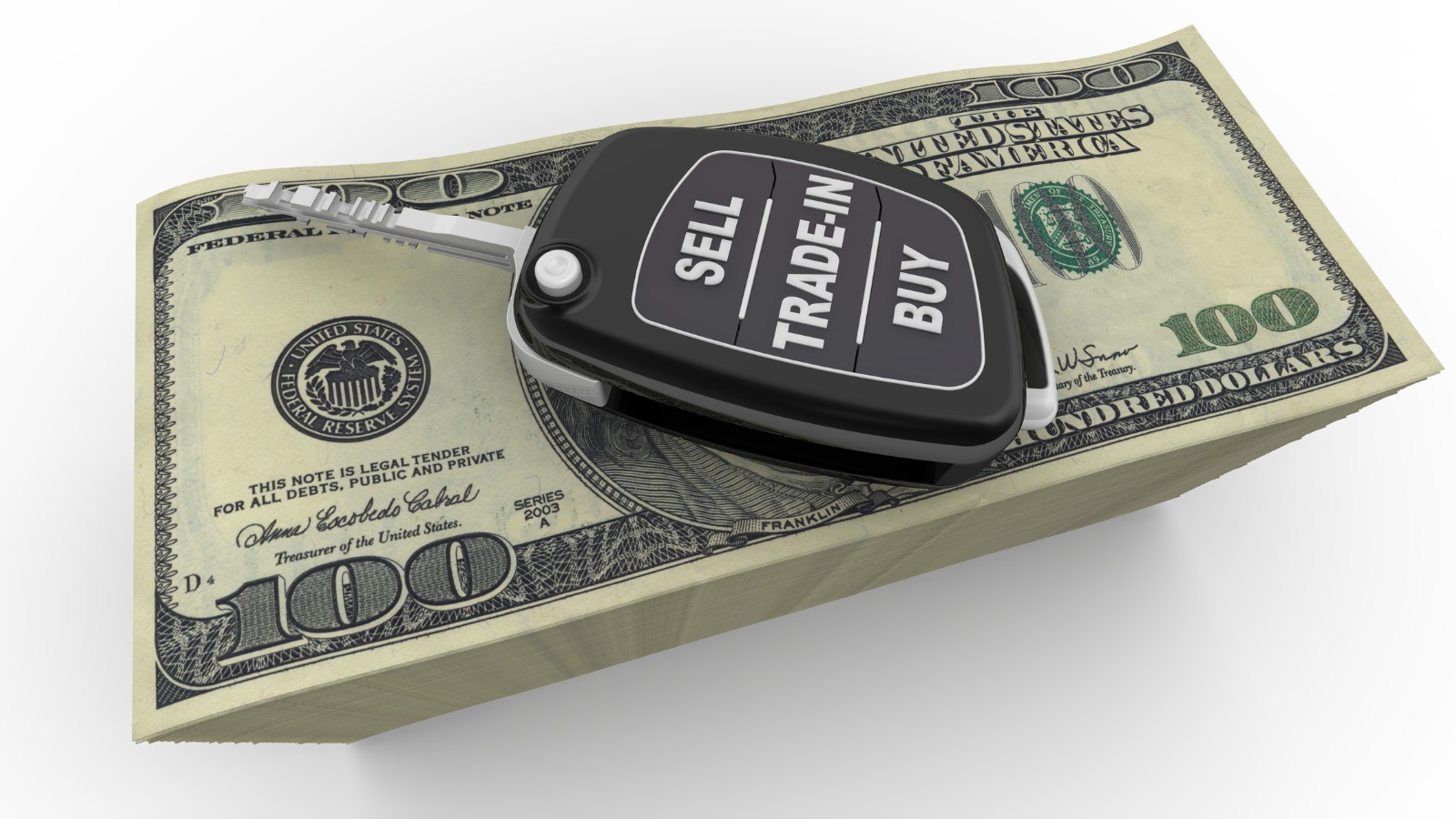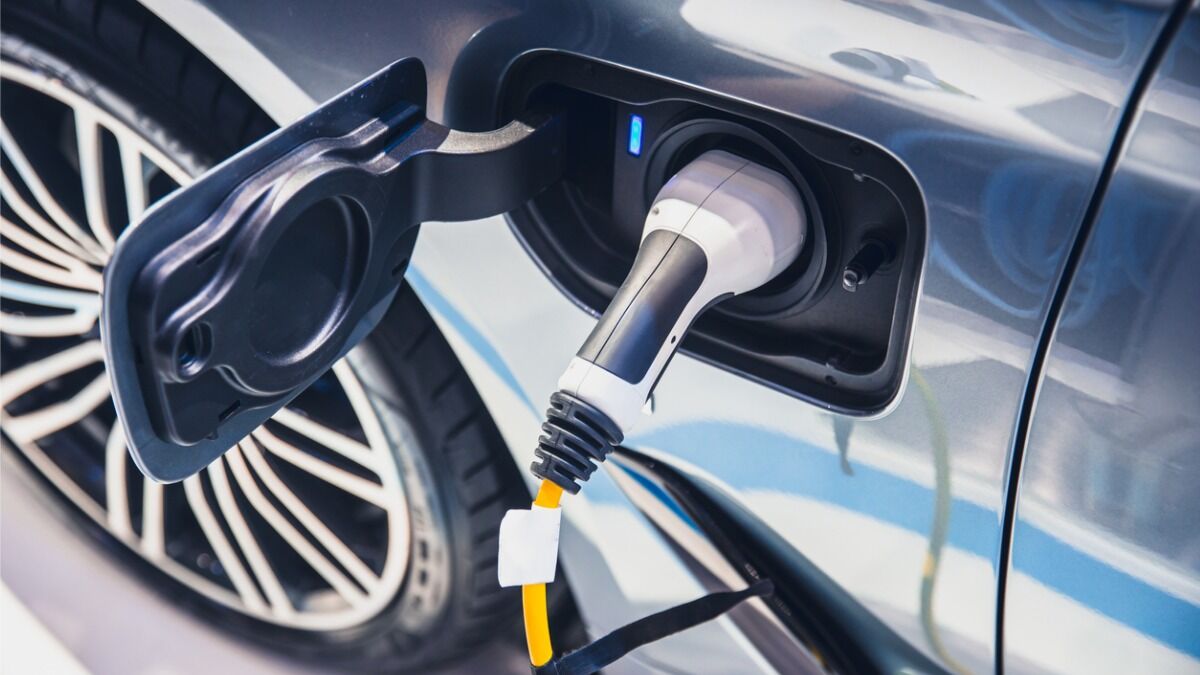Use our checklist to help you get the most from your car test drive — an important hands-on part of the car-buying experience. It’s an exciting – and brief – time for you to be confident the new car will fit the needs of your daily life. We want to help ensure you consider the vehicle’s essential features, its condition, and how it feels when you’re behind the wheel.
Download our printable test-drive checklist.
What to Bring to a Test Drive
Along with your test-drive checklist, bring these with you:
- Driver’s license — You will need a valid driver’s license.
- Smartphone and cord — Bring your smartphone to test the vehicle’s connectivity capabilities.
- Notepad — Record your observations on paper or your smartphone to record your impressions of the car.
- Game face — Stay focused and remain in control. Make the salesperson aware that you have a schedule to keep because you have appointments at other dealerships.
- Friend — Having a trusted sidekick with you can help you spot things you might miss, engage the salesperson (allowing you to concentrate), and occupy different seating positions during the test drive.
What to Look for When Test-Driving a Car
The test drive is about more than driving.
Walk Around the Exterior
The walk-around is a chance to kick the tires, peek under the hood, and do the other things you can’t once the vehicle is moving. Here are a few things to look for and do.
- General appearance — Look for wheel rash, nicks in the tire sidewalls, remaining tread and condition, scratches, chips, or dings in the paint finish.
- Entering — Open all the doors and slide into both the front and rear seats. Climb into the rear seat and the third-row seat in an SUV and rate the exercise for difficulty. Reevaluate the experience when exiting.
- Under the hood — Locate the window washer fluid, oil dipstick, and battery. These are the items drivers are most likely to access. Are they easy to get to?
- Inside the cargo area — How high is the lift over when loading and unloading cargo? Is the space usable? If the rear seat folds down, does it fold flat? Where are the jack and spare tire, and are they easy to access?
Inspect the Interior
Resist the temptation to begin driving immediately. Take a few minutes to appraise the space and get a feel for the cabin. Here are some steps to assess the interior.
- Front seats — You spend a lot of seat time in a car. Are the seats comfortable? Recline and adjust the seat to your needs. Adjust the seat belts to accommodate your height.
- Rear seats — If the second row is a bench seat, does it split and fold? Is it comfortable? How about the legroom?
- Storage — Are there enough cup holders and storage cubbies? How about keys, change, and other oddities? Is the glove box large enough to hold more than the owner’s manual?
- Connectivity — Are there enough USB ports? Where are they located? How about power ports and their location? Here’s where you can try out Bluetooth and smartphone integration for Apple CarPlay and Android Auto.
- Infotainment — To save time, invite the salesperson to demonstrate the infotainment system. Evaluate its user-friendliness. Appraise the audio system by turning on the radio or connecting to a smartphone.
- Climate control — Test the heating and cooling controls while you familiarize yourself with the functions.
- Interior lighting — Make sure you like the lighting and can adjust it to your taste.
- Other features — Determine if the windows raise and lower easily and quietly. Are all the buttons and knobs within easy reach? Can you operate them? Review other elements to your liking.
MORE: Is Now the Time to Buy, Sell, or Trade-in a Car?

What to Look for on a Test Drive
Here are the basic things to check out during the actual drive. If you’re unable to get behind the wheel of the exact car you picked from the website inventory, drive a version as close to it as possible — the same trim level, engine, and features you want.
- Visibility — How well can you see out of the vehicle from the driver’s seat? Sitting in the seat, look forward, to each side, and in the rearview mirror. Take note of blind spots created by large door pillars or seat headrests.
- Noise — Turn the audio system off and listen to the noise levels in the cabin. How much wind, tire, and engine noise do you hear? Electric vehicles are often quieter at low speeds due to not having a gas engine, but they can suffer from greater road noise as a result.
- Powertrain — Evaluate the vehicle’s performance, including acceleration, engine sounds, transmission shifts, and fuel economy. Pay attention to how smoothly the engine and transmission work together and test the acceleration. Highway on-ramps are a great place to get a feel for how well a model can get up to speed.
- Braking — You can find braking distance figures online, but brake feel is an important factor to consider. How does the pedal feel under light and hard braking conditions?
- Handling — Testing the vehicle on a curvy road can help you understand how its suspension system behaves. Pay attention to the body movements and steering to get a feel for the ease of turning and stability at higher speeds.
- Ride — Even sports cars should offer a reasonable ride quality. Take the vehicle on uneven or rough roads to determine how comfortable you and your passengers will be on your daily drive.
What Is the Age Requirement to Test-Drive a Car?
The simple answer is 16 years old. However, the age requirement may differ from dealer to dealer and state to state. For example, Tesla requires drivers to be 21 years or older to test-drive one of its electric vehicles.
Bottom Line on Test-Driving a Car
A comprehensive test drive is an essential part of shopping for a new or used car. By thoroughly evaluating the exterior and interior, assessing comfort and convenience features, experiencing its performance across various driving conditions, and confirming it fits your body, you can ensure that the car aligns with your needs and preferences. This diligent approach will help you make an informed decision, leading to greater satisfaction with your investment.
Editor’s Note: We have updated this article since its initial publication.








